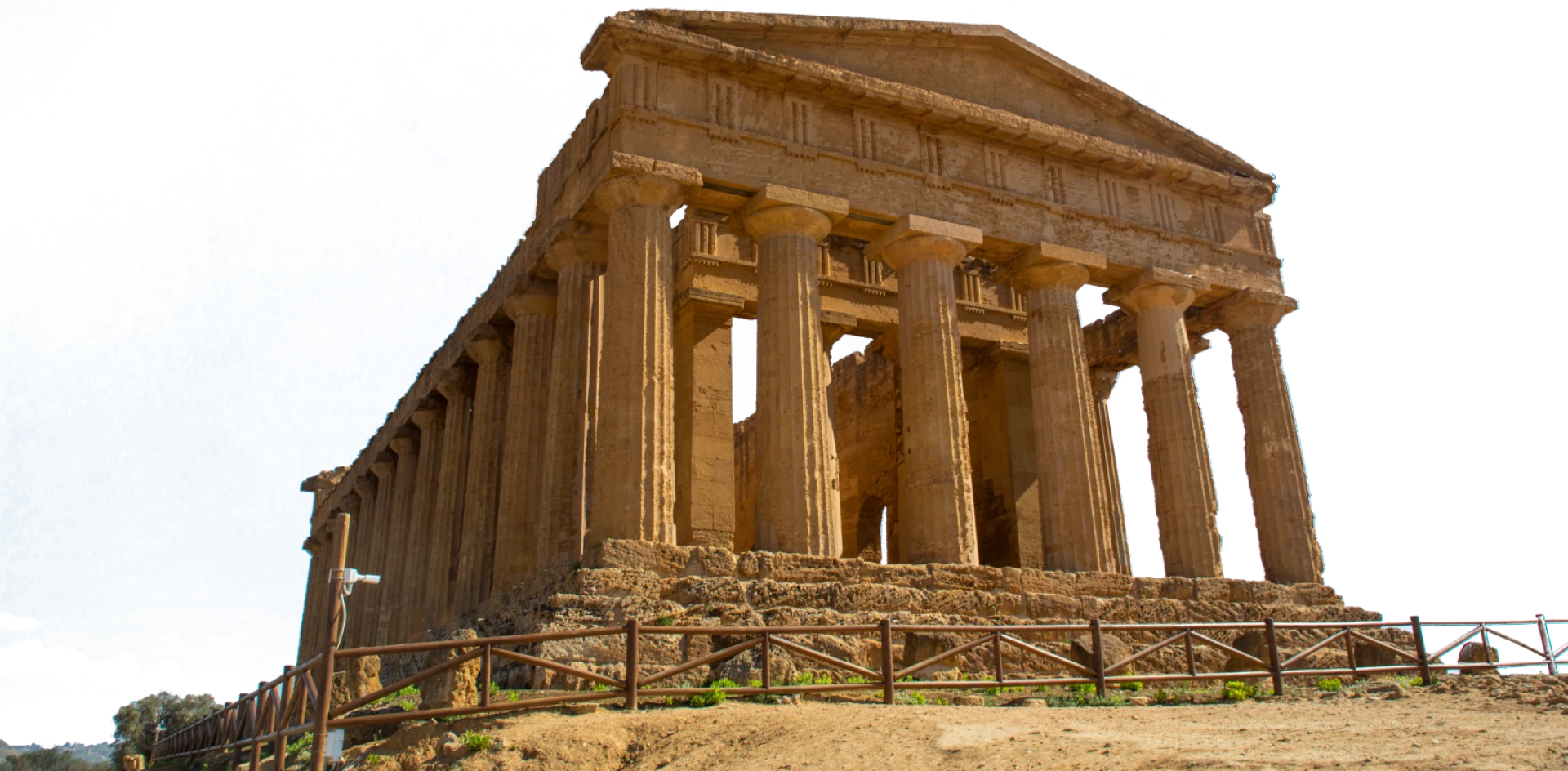Agricola Castellano
Elisa
The Castellano family has been cultivating durum wheat in the haeart of Sicily for generations. The island has been known as Italy’s breadbasket since Roman times. It is where the best durum wheat comes from. Grandfather Castellano was born on a typical Sicilian family farmhouse with a bit of everything: a little cattle, some vegetables and a little wheat. The next generation of Castellano’s bought more land to be able to grow more wheat, which was during that time mainly used for animal feed. The current generation, Elisa and her husband, have decided to start a small pasta factory to make their own wheat into pasta. Here, they produce a small amount of artisanal pasta in the traditional way.
Read story View products
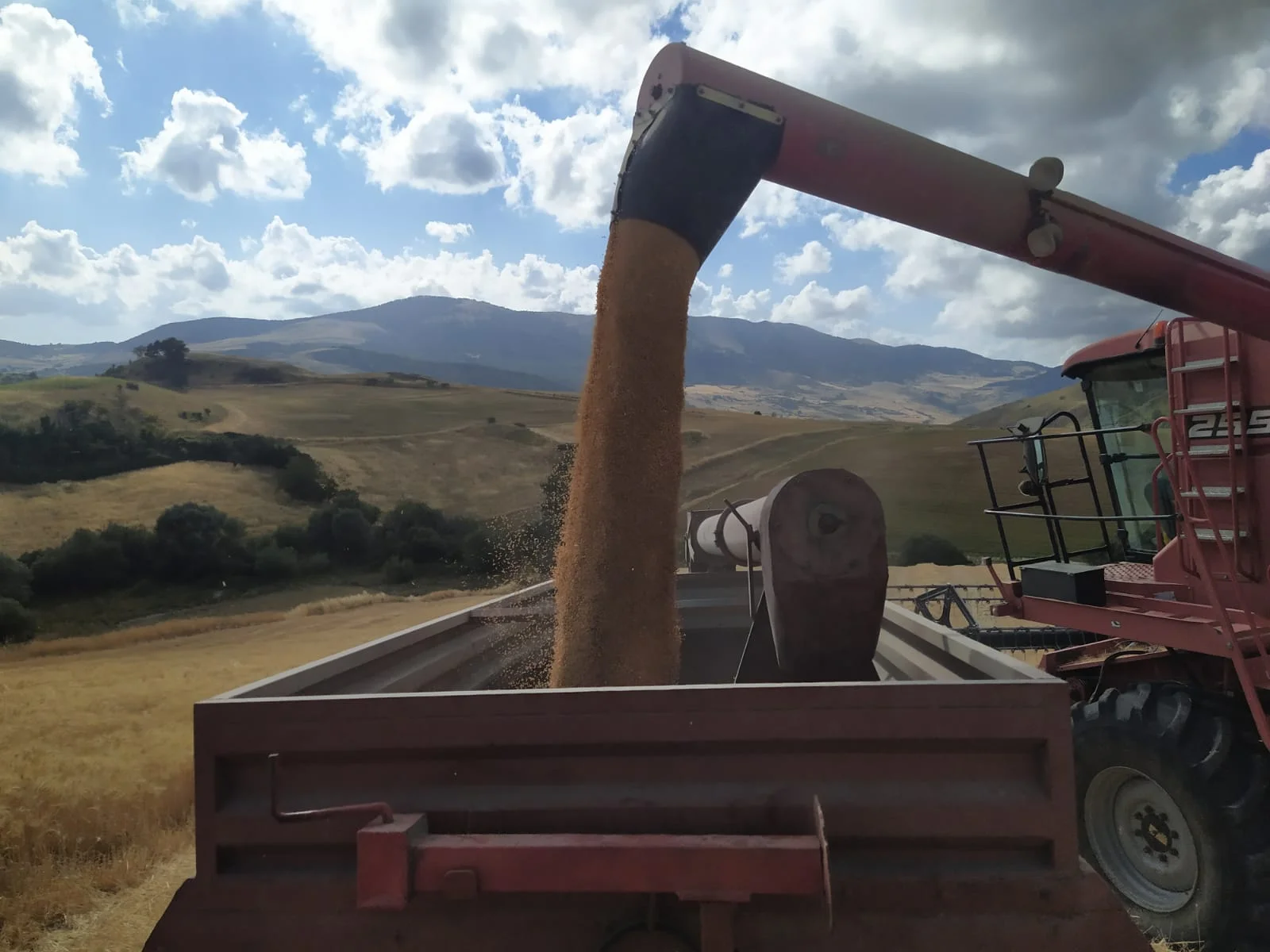
Healthy
The Castellano family grows two types of wheat: Simeto and Core, both native varieties with a centuries-old tradition. These types of wheat are ideal for the production of pasta because they contain high levels of protein, between 12% and 14%. The high protein-percentage does not only make this pasta very healthy, it also allows for an ideal cooking resistance preserving the pasta’s satisfying bite.
Organic wheat
The family is completely self-reliant, from sowing to packaging the end product. They plow the land in August and sow between October and November. The wheat is grown completely organic. Only if necessary, purely natural treatments are used to destroy weeds. In the beginning of July, the wheat is harvested and left to dry for a few months in silos. When the wheat is dried, it is milled and ready to be used for making pasta.
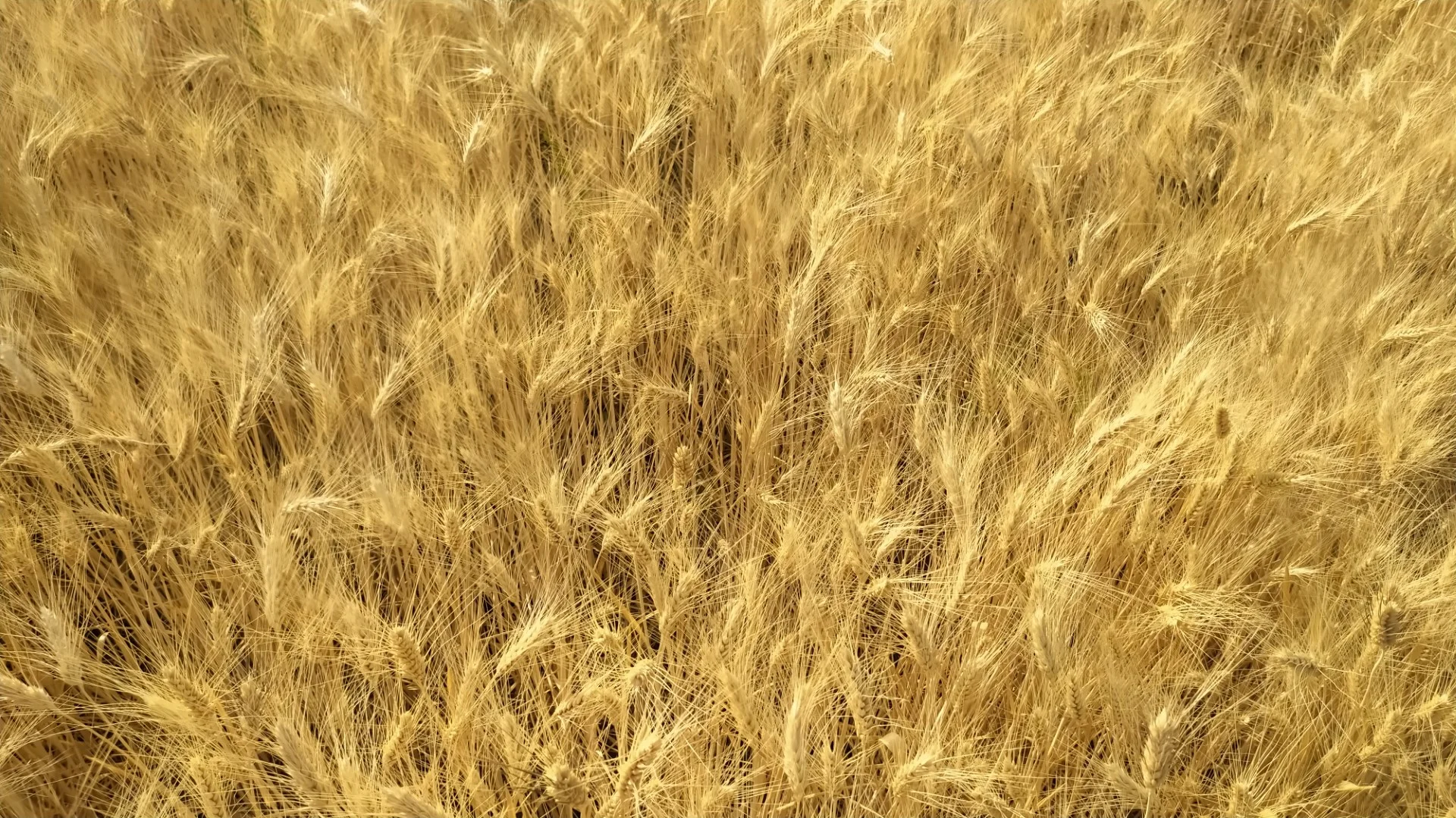
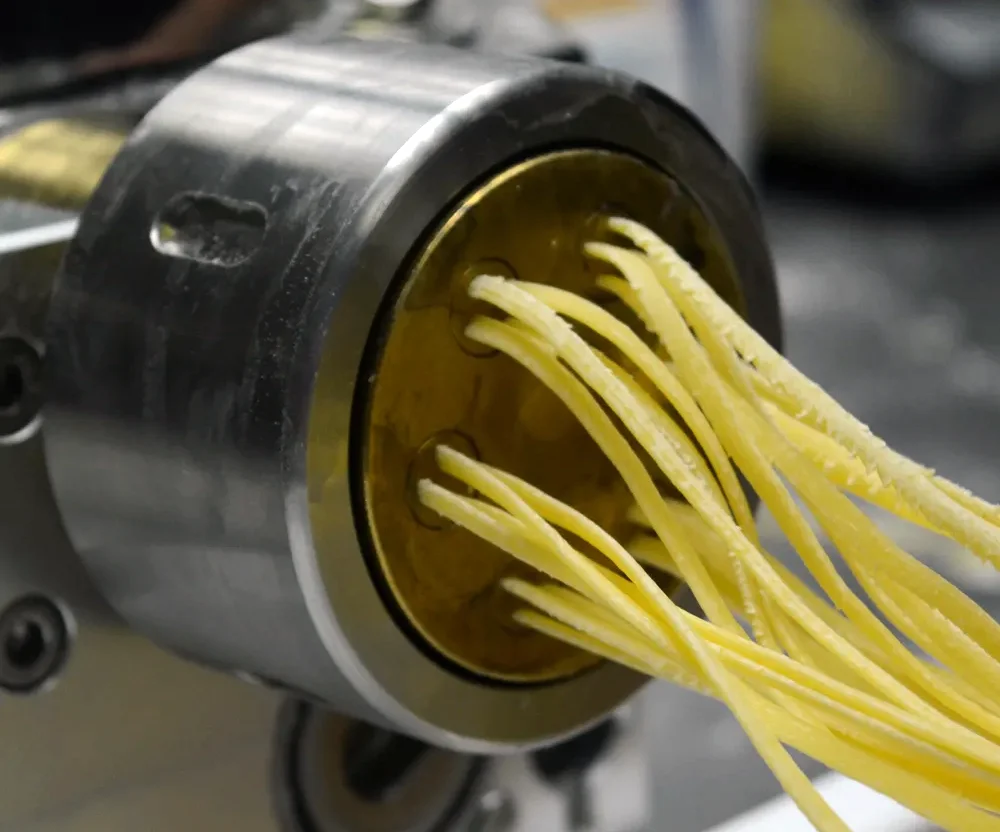
Quality Pasta
The dough for the pasta consists of only the family’s durum wheat semolina (a slightly coarser grinding of the wheat) and water. The dough is thoroughly kneaded to form gluten, which give the pasta its shape and bite. After a short resting period, the dough is pressed through a bronze die. High quality extruded pasta should always be extruded through bronze, giving the pasta its rough exterior. This roughness gives the pasta its ability to cling to the sauce. Then, the pasta is slowly dried for 24 hours at low temperatures. This step is crucial to maintain the proteins in the pasta. The long drying phase is a big difference with industrial pasta you will find in supermarkets. It gives artisanal pasta its characteristic light yellow, almost white color instead of the much darker yellow that we see with many pasta brands in the supermarket.
Authentic and pure
In short, all decisions in the process lead to the optimal taste and most healthy, authentic pasta. Therefore everything, from the sowing to the packaging of the end product, is done by the Castellano family. Of course their pasta is made from their own wheat and water, nothing else!
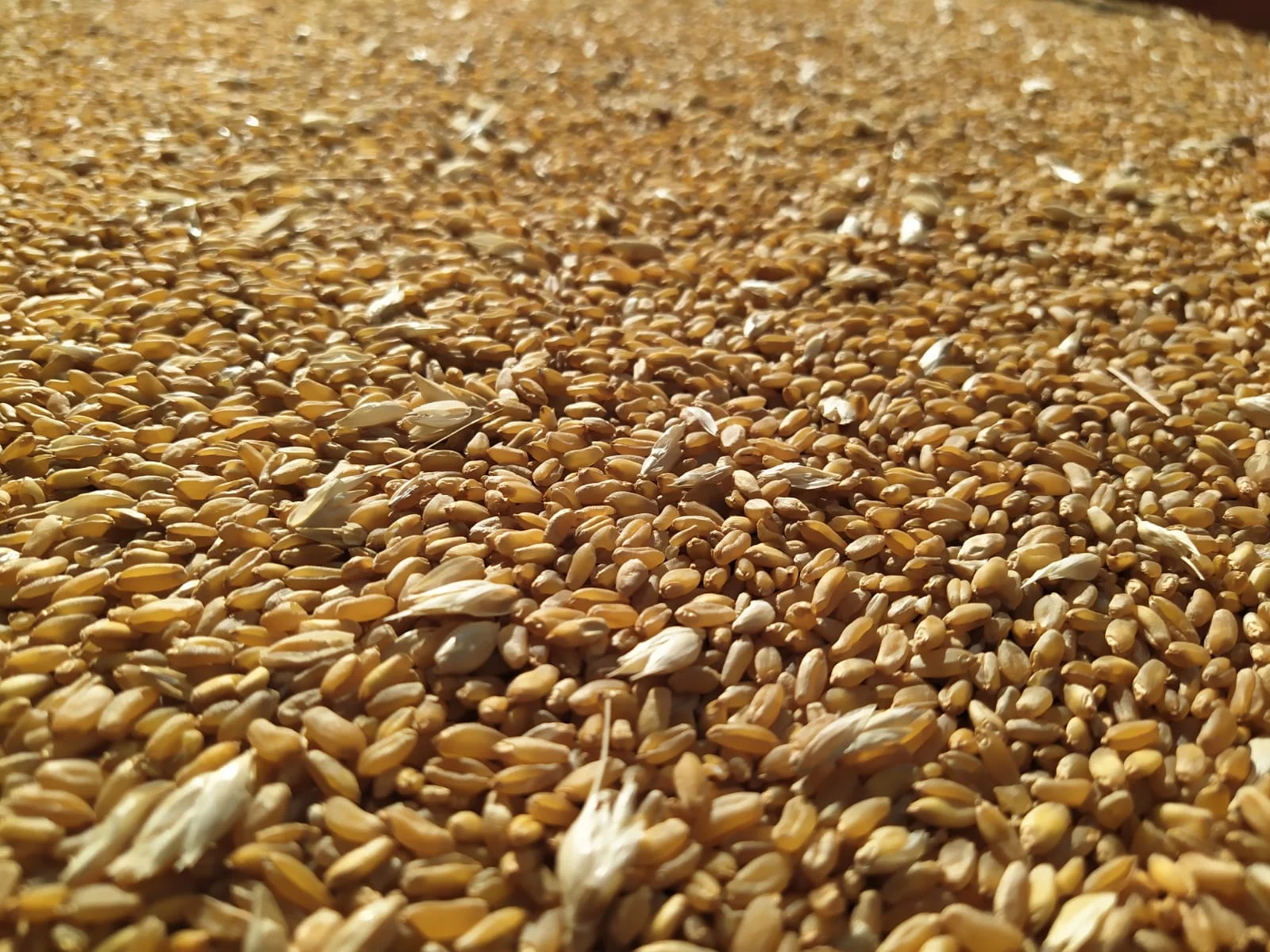
Want to stay updated about our products and stories?
Get a 5% discount on your first order!


.jpg?resolution=1024x340&type=webp&quality=90)
.png?resolution=93x0&type=webp&quality=90)
